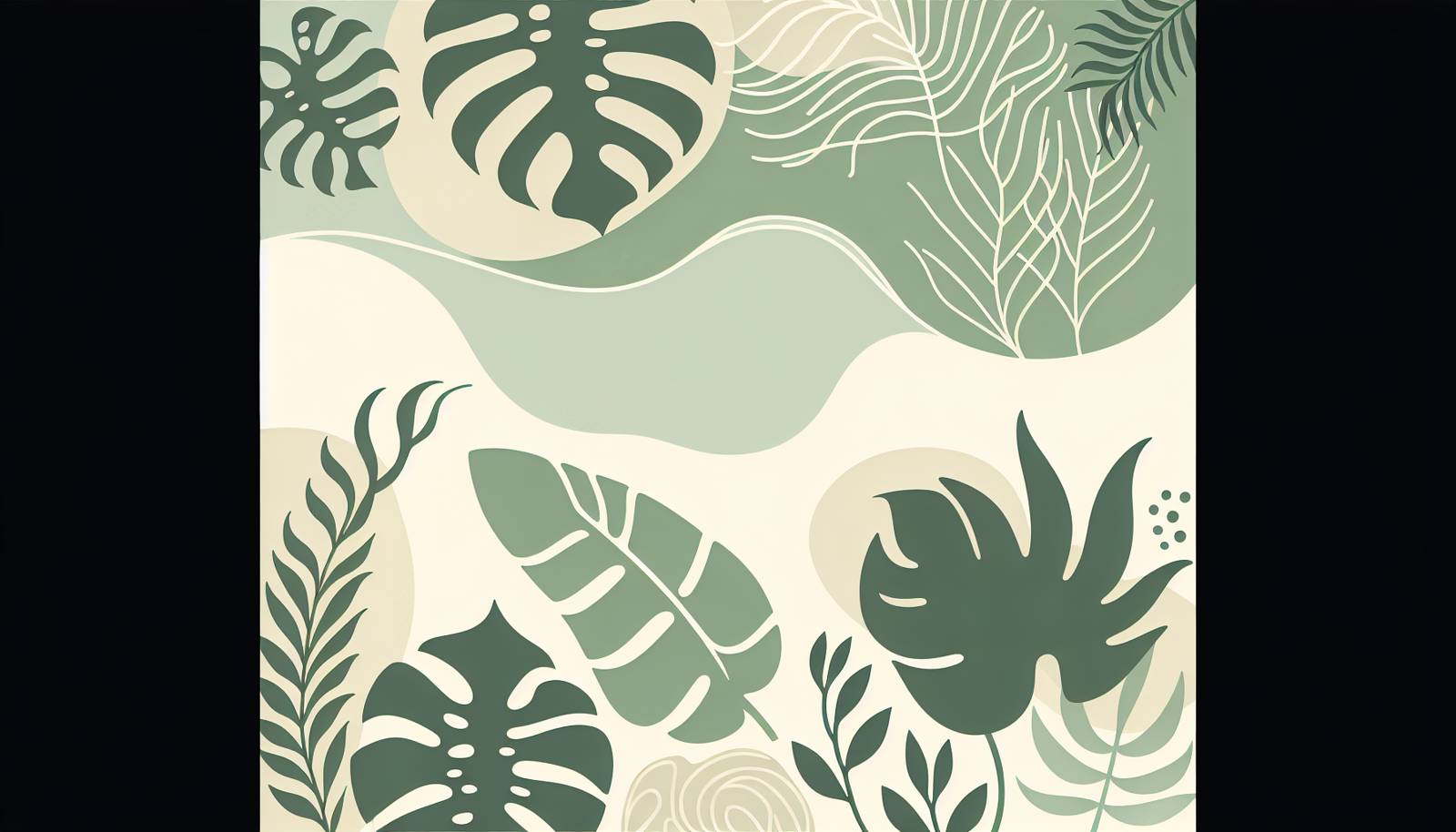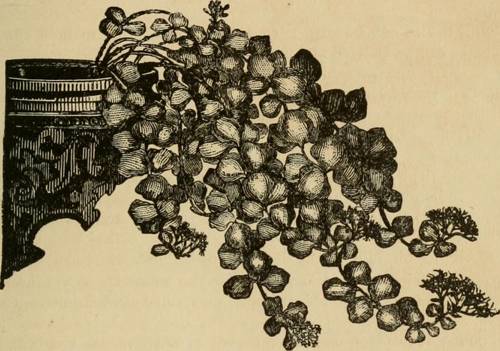
FAQ About Cultural Significance of Indoor Plants

What are some historical examples of indoor plants being used in various cultures?
Historically, indoor plants have been an integral part of home decor across various cultures. In ancient Egypt, plants such as papyrus were used indoors for decorative purposes. During the Roman Empire, indoor gardens and potted plants were common among the elite to showcase wealth and status. In China, the tradition of penjing, or miniature landscapes, is an ancient art form that influenced the bonsai culture in Japan. These historical uses reflect the aesthetic and symbolic importance of plants in different societies.

How do indoor plants influence interior decor preferences today?
Today, indoor plants are a popular element in interior decorating, often used to create a calming and natural atmosphere in homes and workplaces. They are valued for their aesthetic appeal, versatility in various decor styles—from minimalist to bohemian—and their ability to bring a piece of nature indoors. The trend towards sustainable living has also increased interest in indoor plants, with many people choosing plants to purify air and create more eco-friendly living spaces.

What is the cultural significance of indoor plants in Feng Shui?
In Feng Shui, the ancient Chinese practice of arranging living spaces for harmony and balance, indoor plants are considered beneficial when placed correctly. They are believed to enhance the flow of positive energy or 'chi,' promote prosperity, and improve mood. Plants with rounded leaves, such as jade, are particularly favored as they symbolize wealth and good fortune. However, it's crucial to place them in favorable positions to maximize their positive effects.

Which indoor plants are considered lucky in various cultures?
Different cultures have specific plants that are considered lucky or bring prosperity. For example, in Chinese culture, the money plant (Pachira aquatica) and lucky bamboo (Dracaena sanderiana) are popular symbols of prosperity and good fortune. In Indian culture, the holy basil (Tulsi) is revered for its spiritual significance and health benefits. Similarly, the jade plant is considered a symbol of good luck in many cultures.

How did the Victorians influence the popularity of indoor plants?
During the Victorian era, indoor plants gained immense popularity as part of the era’s fascination with bringing nature indoors. Ferns, palms, and other exotic plants were commonly used in parlors and conservatories as status symbols of wealth and sophistication. The 'fern craze,' or Pteridomania, exemplified this trend, where collecting and displaying ferns became a widely popular hobby. Victorian design principles still influence modern indoor plant aesthetics today.

What role do indoor plants play in modern urban environments?
In modern urban environments, indoor plants have become essential for introducing natural elements into spaces that may otherwise lack greenery due to limited outdoor areas. They help improve air quality by filtering pollutants and oxygenating the air, which is particularly beneficial in densely populated areas. Furthermore, they contribute to residents’ psychological well-being by providing a sense of serenity and relaxation away from the hustle and bustle of city life.

Why are succulents particularly popular as indoor plants?
Succulents are popular indoor plants due to their low maintenance requirements and unique aesthetic appeal. They store water in their leaves, making them drought-resistant and suited for individuals who may not have time or experience to care for more demanding plants. Their variety of shapes, sizes, and colors allows them to fit into various decor styles, from modern minimalist to eclectic, and they can be displayed in creative ways such as vertical gardens or terrariums.

How do indoor plants historically relate to wealth and social status?
Historically, the cultivation and display of indoor plants were often associated with wealth and social status. In ancient Rome, the elite cultivated exotic plants in atriums as a sign of affluence. Similarly, during the Victorian era, having a conservatory or well-decorated parlor with exotic plants indicated wealth and education. These practices demonstrated both a household’s means to acquire rare plants and the leisure time to care for them.

What are some common misconceptions about indoor plants in different cultures?
One common misconception is that all indoor plants purify the air significantly. While some plants can reduce certain pollutants, the effect is often overemphasized. Another misconception is related to plant symbolism, where certain plants are believed to be universally lucky or unlucky, such as cacti, which are sometimes thought to bring negative energy, despite their widespread popularity and adaptability.

How do cultural beliefs influence the selection of indoor plants?
Cultural beliefs heavily influence the selection of indoor plants. In many Asian cultures, plants are chosen not just for their beauty, but for what they symbolize, such as prosperity, peace, or health. For example, the bamboo plant is often selected in China for its association with strength and flexibility. Similarly, cultural taboos or associations, such as the belief in negative energies associated with spiky plants, can deter their use in some households.

How do indoor plants feature in art across different cultures?
Indoor plants have been a common theme in art across various cultures, symbolizing everything from life and rejuvenation to luxury and wealth. In Asian art, plants are often depicted in association with philosophical principles of balance and harmony. Western botanical art, particularly during the Renaissance and Victorian eras, illustrated plants in scientific detail, reflecting both their aesthetic beauty and societal fascination with nature. Art continues to celebrate the diversity and symbolism associated with plants.

What is the impact of indoor plants on mental health according to cultural perspectives?
Many cultures believe that indoor plants can positively impact mental health by reducing stress, enhancing mood, and increasing productivity. The practice of forest bathing in Japan, which involves spending time in nature, has inspired the use of plants indoors to achieve similar calming effects. In Western cultures, studies have also suggested that indoor plants can improve concentration and wellbeing, albeit acknowledging cultural differences in how these benefits are perceived and integrated into daily life.

What are bonsai and their significance in culture?
Bonsai are miniature trees cultivated to resemble larger trees in nature, originally developed in China and popularized in Japan. The art of bonsai represents a harmonious balance between nature and human artistry, reflecting the cultural emphasis on patience, meditation, and simplicity. Bonsai plants are highly revered in Japanese culture for their aesthetic beauty and symbolic meanings associated with life, balance, and the natural world.

How do indoor plants affect the aesthetics of a room?
Indoor plants significantly enhance the aesthetics of a room by adding color, texture, and life to space. They can complement or contrast with furniture, wall colors, and overall design, acting as focal points or subtle accents. The presence of plants can soften architectural lines, add height or depth, and introduce natural patterns that break the monotony of man-made materials, creating a more inviting and harmonious environment.

Are there any cultural festivals or events centered around indoor plants?
Yes, several cultures celebrate festivals and events centered around plants, both indoor and outdoor. For instance, the Flower Festival in Colombia, Feria de las Flores, showcases a wide array of floral displays, including indoor plants. In Japan, various bonsai festivals celebrate this art form annually, drawing enthusiasts from around the world. These events highlight the importance of plants in cultural traditions and offer opportunities to appreciate their beauty and significance.

What is the significance of the money plant in different cultures?
The money plant, also known as Devil's Ivy or Pothos, is significant in many cultures for its association with prosperity and luck. In Chinese culture, it is often placed within homes and businesses to attract wealth and fortune. Similarly, in Indian households, it is believed to bring good financial luck when placed in the right location according to Vastu Shastra principles. Its ease of care makes it a popular choice in both traditional and modern contexts.

How do indoor plants contribute to sustainable living?
Indoor plants contribute to sustainable living by improving indoor air quality, reducing stress, and bringing a sense of nature into urban environments. They aid in lowering energy consumption by naturally cooling the air, reducing the need for mechanical cooling and heating. The presence of plants can also encourage mindfulness and connection to nature, promoting environmentally conscious behaviors and a heightened awareness of sustainable practices within the household.

Can indoor plants symbolize anything beyond decoration in cultural traditions?
Yes, indoor plants often extend beyond mere decoration in cultural traditions, symbolizing various concepts such as luck, prosperity, and health. For example, in Indian culture, the Tulsi plant is considered sacred and signifies well-being and spiritual purity. Similarly, in many Chinese traditions, the placement and type of plants are aligned with Feng Shui principles to attract specific energies like wealth and happiness, reflecting their spiritual and cultural significance.

What is the role of indoor plants in traditional healing practices?
Indoor plants have been used in traditional healing practices across numerous cultures due to their medicinal properties. Plants such as aloe vera and lavender are known for their soothing and healing effects on the body and mind. In Ayurveda, an ancient Indian healing system, various plants contribute to treatments that balance the body's energy, demonstrating the longstanding belief in plants’ power to enhance both physical and mental well-being.

How did the trend of keeping indoor plants evolve over time?
The trend of keeping indoor plants has evolved significantly from ancient to modern times. Initially linked to elite status and exotic appeal, the practice gained broader popularity during the Victorian era. In the 20th century, indoor plants became more accessible due to advancements in cultivation and an increased interest in design aesthetics. Today, the resurgence can be attributed to a growing awareness of environmental issues and the mental health benefits associated with indoor plants, making them a staple in both homes and offices worldwide.
